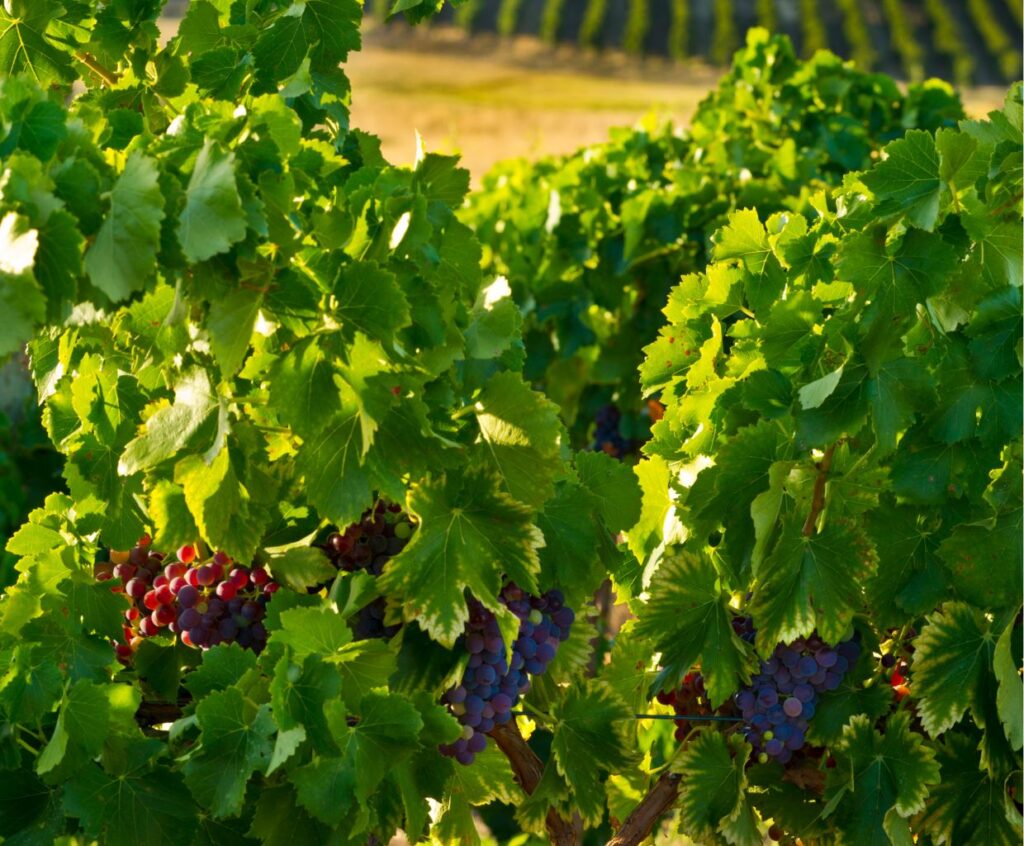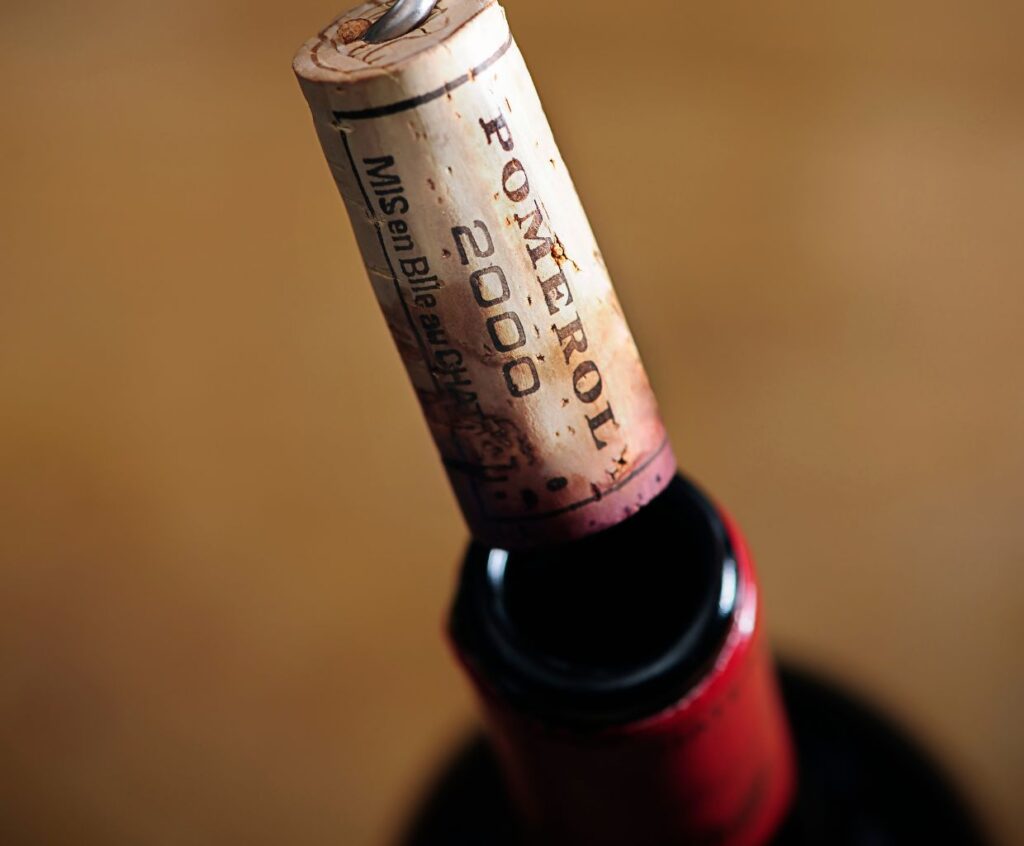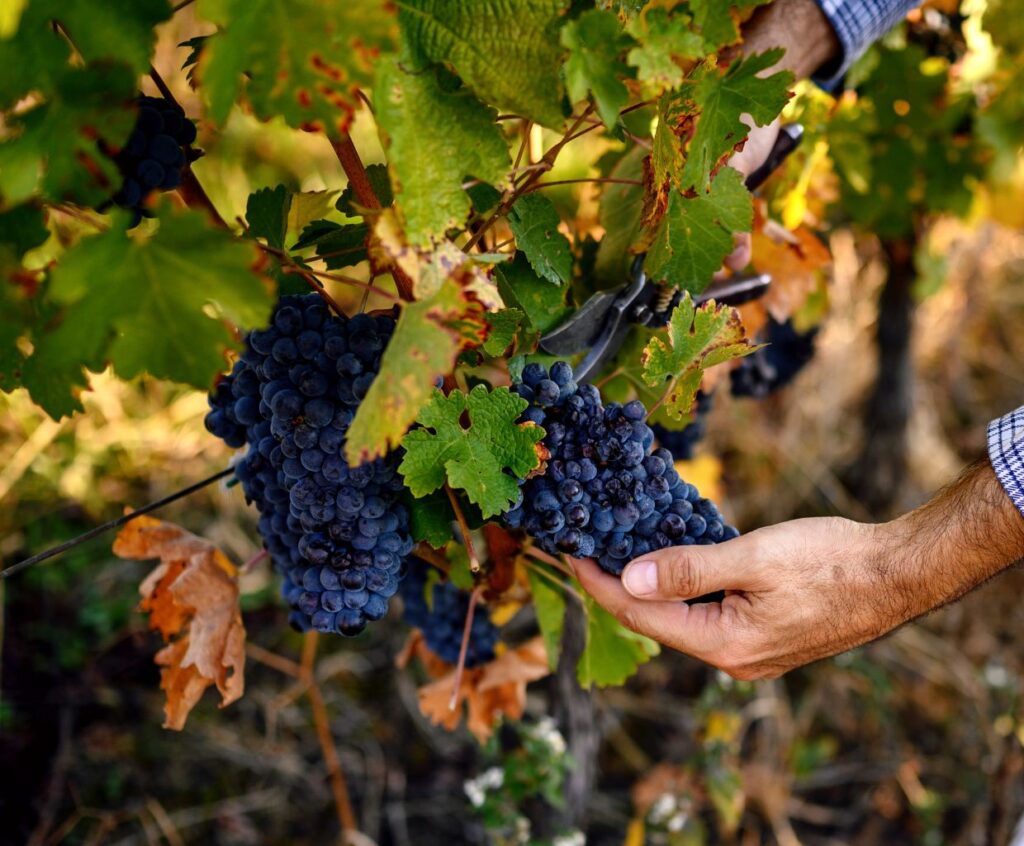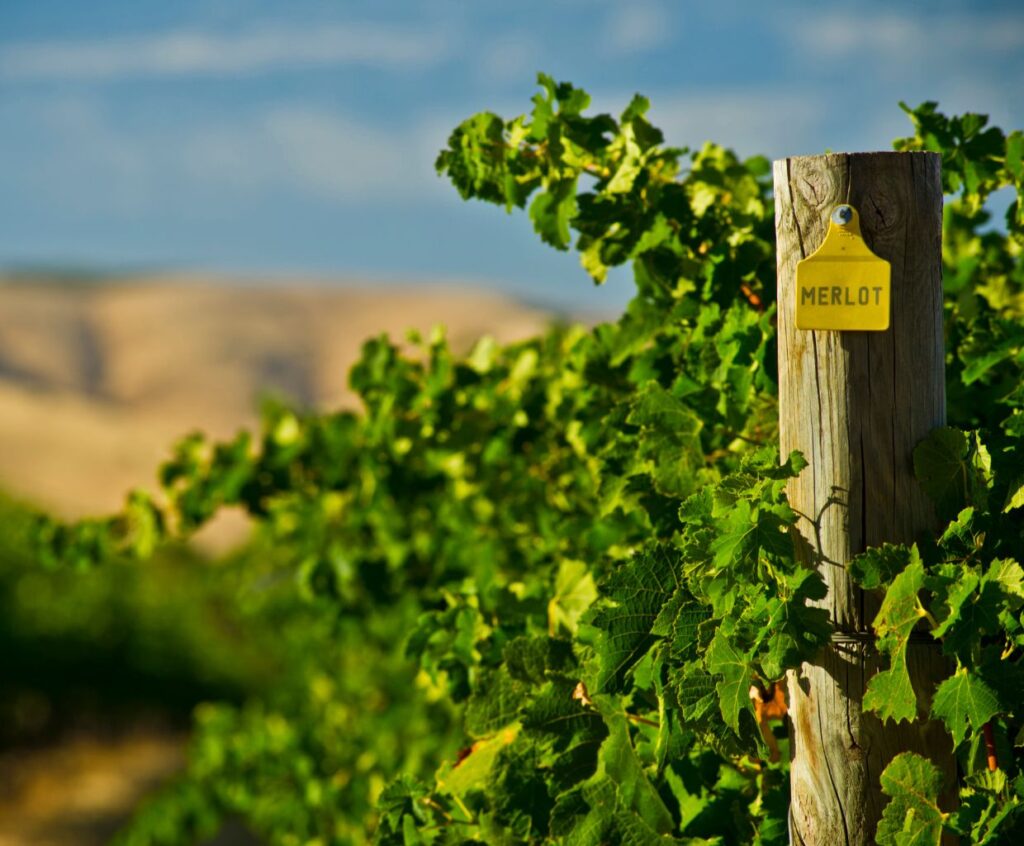The Rise of Merlot: A Journey Through its Popularity and Influence in the Wine World
Merlot, the smooth and versatile red wine, has experienced a remarkable rise in popularity over the past few decades. As wine enthusiasts and novices continue to explore the vast world of wine, Merlot has emerged as a beloved choice due to its approachable nature and wide range of flavors.
In this article, we will take you on a journey through the rise of Merlot and explore its increasing influence in the wine world.
The Origins of Merlot
Originally hailing from the Bordeaux region of France, Merlot has deep roots in winemaking history. The name “Merlot” comes from the French word for blackbird, “merle,” due to its dark blue-colored grapes.
While Merlot has been cultivated for centuries, it gained significant attention in the 20th century when winemakers realized its potential to produce exceptional wines as a standalone varietal and in blends.
Merlot’s Versatility
One of the critical factors behind Merlot’s rise in popularity is its versatility. Merlot grapes can adapt to various climates and soil types, allowing them to be grown in different regions worldwide. This adaptability results in wines exhibiting a wide range of flavors and styles, making them an attractive choice for winemakers and consumers.
The Rise of American Merlot
While Merlot has long been associated with the Bordeaux region, its popularity skyrocketed in the United States. In the late 20th century, American winemakers, particularly those in California, recognized the potential of Merlot and began producing exceptional wines that showcased its unique characteristics.
Movies like “Sideways” further contributed to Merlot’s fame, as the film’s protagonist famously declared, “I am not drinking any f***ing Merlot!” Although meant as a personal preference, this line inadvertently sparked a decline in Merlot sales while boosting the popularity of Pinot Noir. However, Merlot’s authentic quality and appeal prevailed and has since regained its status as a beloved wine choice.
Merlot’s Influence in the Wine World
The rise of Merlot has not only impacted consumer preferences but also influenced winemaking practices. Winemakers have recognized the demand for well-crafted Merlot and have dedicated more attention to its production.
By experimenting with different techniques, such as more extended barrel aging or blending it with other grape varieties, winemakers have created wines that cater to a wide range of palates.
Food Pairing and Merlot
Merlot’s approachable and fruit-forward characteristics make it an excellent choice for food pairing. Its medium body and smooth tannins complement a variety of dishes, from grilled meats and roasted vegetables to pasta and cheese.
This versatility has further contributed to its popularity among wine enthusiasts, making it a staple in many wine cellars and restaurant menus.
What influence has Merlot had on the wine industry in terms of production and consumer preferences?
Merlot has had a significant influence on the wine industry in terms of both production and consumer preferences. Here are some key aspects:
1. Increased Production: Merlot’s popularity has led to an increase in its production worldwide. This grape variety is grown in various wine regions, including Bordeaux in France, California in the United States, and regions in Chile and Italy. Its adaptability and high yields have made it a favored choice for many winemakers.
2. Red Wine Blends: Merlot is often a blending grape, especially in Bordeaux-style blends. Its softness, fruitiness, and medium body make it an excellent blend addition, providing depth and complexity. This blending tradition has influenced winemakers globally, giving rise to the popularity of Merlot-based blends.
3. Consumer Preferences: Merlot gained significant popularity in the 1990s, becoming a favorite among wine consumers. Its approachable and fruit-forward style, with plum, cherry, and chocolate flavors, appealed to a broad audience, including novice wine drinkers. Merlot’s rise in popularity also coincided with the trend of drinking red wine for health benefits.
4. Impact on Wine Styles: Merlot’s popularity influenced winemaking techniques and styles. To cater to consumer preferences, winemakers started producing Merlot with riper fruit flavors and softer tannins, giving it a more approachable and easy-drinking character. This style became synonymous with New World Merlots, particularly those from California.
5. Reputation Challenges: In the early 2000s, the movie “Sideways” portrayed a negative image of Merlot, leading to a temporary decline in popularity. However, the film’s protagonist’s preference for Pinot Noir over Merlot was more about personal taste than a reflection of the wine’s quality. Despite this setback, Merlot has since rebounded and continues to be appreciated by wine enthusiasts worldwide.
In summary, Merlot’s influence on the wine industry is significant. It has increased production, shaped blending traditions, influenced winemaking techniques, and catered to consumer preferences for approachable, fruit-forward red wines. While facing challenges, Merlot remains a beloved and widely consumed wine variety.
In what ways has Merlot’s rise impacted other grape varieties, such as Cabernet Sauvignon or Pinot Noir?
Merlot’s popularity has significantly impacted other grape varieties, particularly Cabernet Sauvignon and Pinot Noir.
1. Competition and Market Demand: Merlot’s increased demand has created a competitive landscape for other grape varieties. Merlot became more popular, competing with Cabernet Sauvignon and Pinot Noir for market share and consumer preference.
2. Shifting Consumer Preferences: Merlot’s rise influenced consumer and taste preferences. Many wine drinkers initially drawn to Merlot’s approachable and fruit-forward characteristics began exploring other grape varieties like Cabernet Sauvignon and Pinot Noir, looking for similar qualities.
3. Vineyard Plantings: The increased demand for Merlot led to a significant expansion of vineyard plantings dedicated to this variety. As a result, some vineyards that traditionally grew Cabernet Sauvignon or Pinot Noir started replanting their vineyards with Merlot to meet the market demand.
4. Winemaker Adaptation: Winemakers have adapted to this changing landscape by adjusting their winemaking techniques and styles. To meet consumer demand, some winemakers have started producing Merlot-dominant blends, incorporating a higher percentage of Merlot in their Cabernet Sauvignon or Pinot Noir wines. This approach allows winemakers to maintain the desired characteristics of the grape variety while incorporating the popular Merlot flavor profile.
5. Blending Strategies: In regions where Merlot’s popularity soared, winemakers began blending it with Cabernet Sauvignon or Pinot Noir to create more complex and balanced wines. These blends aimed to leverage Merlot’s softer tannins and fruitiness with the structure and complexity of the other grape varieties.
6. Marketing and Labeling: Winemakers have adapted their marketing strategies and labeling to cater to evolving consumer preferences. Some wineries prominently feature Merlot on their labels, highlighting its presence in blends or as a standalone varietal to attract consumers who have developed a preference for this grape variety.
Merlot’s popularity has influenced the wine industry, prompting winemakers to adapt their vineyard practices, winemaking techniques, and marketing strategies to meet changing consumer demands and preferences.
The Rise of Merlot – Conclusion
The rise of Merlot in the wine world is a testament to its undeniable appeal and quality. From its origins in Bordeaux to its prominence in the United States and beyond, Merlot’s popularity continues to grow.
Its versatility and ability to produce exceptional wines have solidified its place in the hearts of wine lovers worldwide. So, the next time you’re exploring the vast world of wine, don’t forget to raise a glass to the rise of Merlot.




